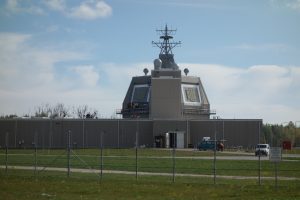
The director of the Missile Defense Agency (MDA) last week provided an update on the long-delayed Poland Aegis Ashore site and said the Pentagon learned from delays caused by adding building automation to military construction. During an event at the Center for Strategic and International Studies on June 22, Vice Adm. Jon Hill said construction on the Aegis Ashore site is still proceeding after delays due to the COVID-19 pandemic and “really tough” pandemic restrictions in Europe. He noted in…

 By
By 











